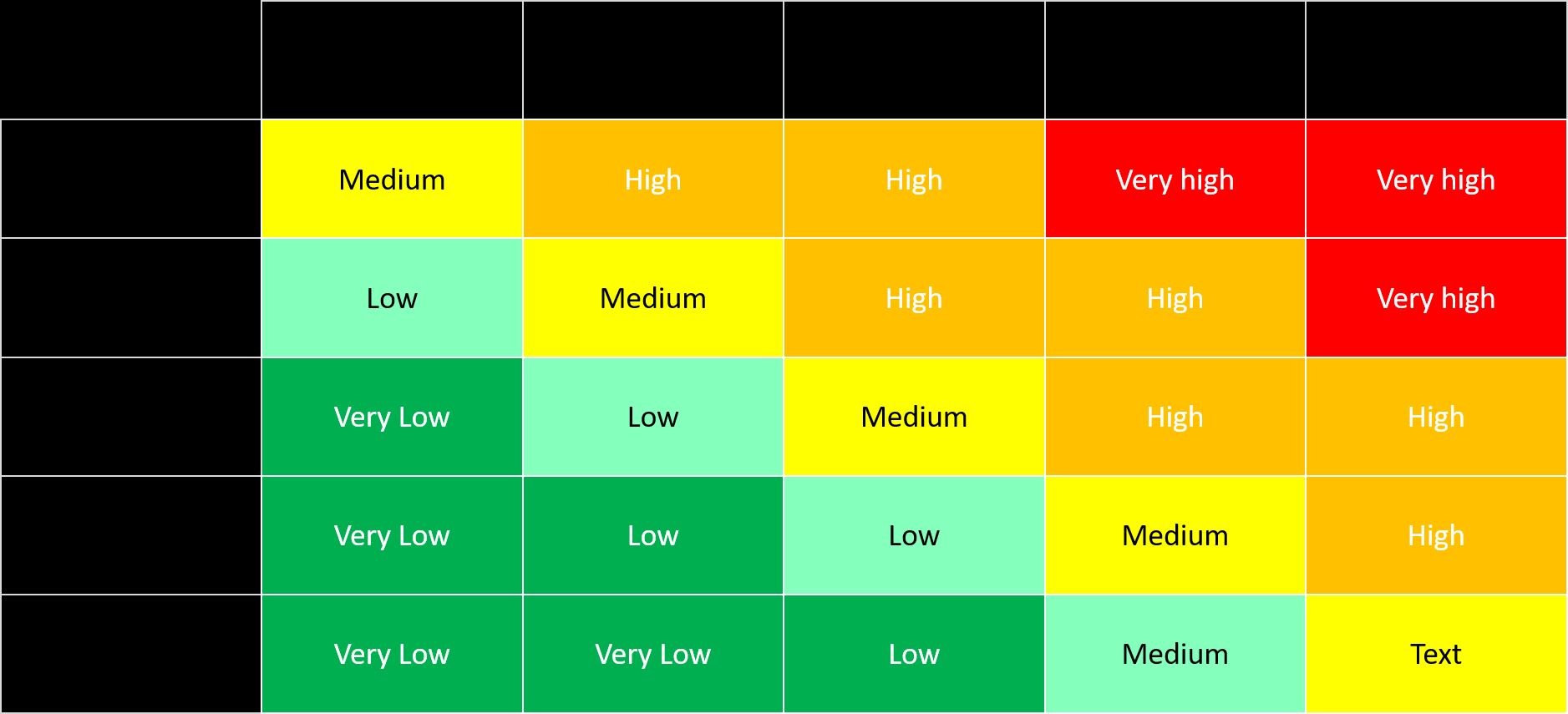Home>Finance>Capacity Utilization Rate: Definition, Formula, Uses In Business


Finance
Capacity Utilization Rate: Definition, Formula, Uses In Business
Published: October 22, 2023
Learn about capacity utilization rate in finance, including its definition, formula, and uses in business. Discover how this metric can help optimize operations and profits.
(Many of the links in this article redirect to a specific reviewed product. Your purchase of these products through affiliate links helps to generate commission for LiveWell, at no extra cost. Learn more)
Capacity Utilization Rate: Definition, Formula, Uses in Business
Finance is a critical aspect of every business, and understanding key financial metrics is essential for success. One such metric is capacity utilization rate, which provides insight into how efficiently a company is utilizing its available resources. In this blog post, we will explore the definition, formula, and uses of capacity utilization rate, shedding light on its importance in the business world. So, what exactly is capacity utilization rate?
Key Takeaways:
- Capacity utilization rate measures the extent to which a company utilizes its available resources, including machinery, labor, and facilities.
- It is calculated by dividing the actual output produced by the maximum possible output within a given period of time.
Capacity utilization rate is an important metric for businesses as it helps determine how efficiently they are using their resources. By understanding this metric, companies can make informed decisions about production levels, resource allocation, and overall operational efficiency. So, how can we calculate the capacity utilization rate?
The formula for calculating capacity utilization rate is relatively straightforward. It is calculated by dividing the actual output produced by the maximum possible output within a given period of time, and then multiplying the result by 100 to express it as a percentage. The formula can be represented as:
Capacity Utilization Rate (%) = (Actual Output / Maximum Possible Output) x 100
Let’s consider an example to illustrate this formula. ABC Manufacturing Company has a monthly maximum production capacity of 10,000 units. However, during the month, they were only able to produce 8,000 units. By plugging these values into the formula, we can calculate the capacity utilization rate as follows:
Capacity Utilization Rate = (8000 / 10000) x 100 = 80%
Once the capacity utilization rate is determined, businesses can gain valuable insights into their production efficiency. Here are some key uses of capacity utilization rate in business:
Uses of Capacity Utilization Rate:
- Production Planning: Capacity utilization rate helps businesses determine the optimal production levels to meet customer demand while maximizing resource utilization.
- Resource Allocation: By analyzing capacity utilization rate, companies can identify underutilized or overutilized resources and make adjustments to improve efficiency and cost-effectiveness.
- Inventory Management: Understanding capacity utilization rate can assist in managing inventory levels, ensuring that businesses have adequate stock to meet customer demands.
- Financial Performance: Capacity utilization rate can be used as an indicator of a company’s financial performance. Higher rates suggest better efficiency, which can lead to increased profitability.
In conclusion, capacity utilization rate is a vital metric that helps businesses assess the efficiency of their resource utilization. By calculating this rate and analyzing its implications, companies can make strategic decisions to optimize production levels, resource allocation, and overall operational efficiency. Understanding the uses and benefits of capacity utilization rate is crucial for any business looking to thrive in a competitive environment.














